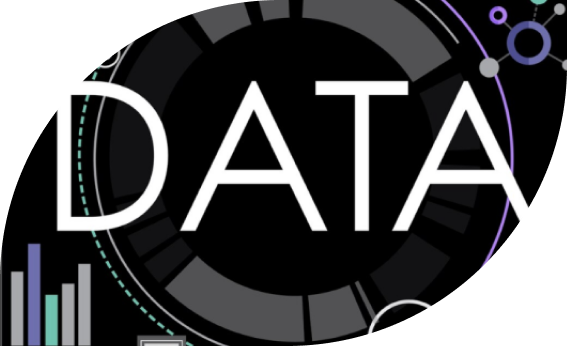Data Science
Covering mathematical, statistical, and programming concepts essential for analyzing and extracting insights from data.

Course Duration: 12 Weeks
What you'll learn
This course is designed to introduce beginners to the fundamentals of data science, covering mathematical, statistical, and programming concepts essential for analyzing and extracting insights from data.
Introduction to Data Science
- What is Data Science?
- The Data Science lifecycle: Data collection, preprocessing, analysis, visualization, and communication
- Applications of Data Science in various fields
- Setting up the Python environment (Jupyter, Anaconda)
- Basics of Python programming (variables, data types, loops, and functions)
Data Handling and Preprocessing
- Introduction to structured and unstructured data
- Loading, cleaning, and transforming data
- Handling missing values, duplicates, and outliers
- Using pandas to load and manipulate datasets
- Cleaning datasets by removing/handling missing values and outliers
Mathematical Foundations I – Linear Algebra
- Basics of vectors and matrices
- Matrix operations and their application in data science
- Eigenvalues and eigenvectors (brief introduction)
- Performing linear algebra operations using NumPy
- Simple applications like representing datasets as matrices
Mathematical Foundations II – Calculus
- Differentiation basics: Derivatives, chain rule, and partial derivatives
- Integration basics and their role in probability and continuous distributions
- Application of calculus in optimization (gradient descent)
- Visualizing functions, derivatives, and gradients using Matplotlib
Statistical Foundations I – Descriptive Statistics
- Measures of central tendency: Mean, median, mode
- Measures of dispersion: Variance, standard deviation, and range
- Visualizing data distributions
- Calculating descriptive statistics using pandas and NumPy
- Plotting histograms and boxplots using Seaborn and Matplotlib
Statistical Foundations II – Inferential Statistics
- Probability distributions (normal, binomial, Poisson)
- Hypothesis testing: Null vs. alternative hypotheses, p-values, t-tests
- Confidence intervals
- Performing hypothesis testing using SciPy
- Calculating and interpreting confidence intervals
Data Visualization
- Principles of effective data visualization
- Visualization tools: Matplotlib, Seaborn
- Creating various plots (line plots, scatter plots, heatmaps)
- Visualizing datasets with Seaborn and Matplotlib
- Creating dashboards using Plotly
Introduction to Exploratory Data Analysis (EDA)
- Understanding the importance of EDA
- Identifying trends, patterns, and anomalies
- Correlation analysis
- Performing EDA on real-world datasets using pandas and Seaborn
- Correlation heatmaps and pair plots
Introduction to Machine Learning
- Overview of supervised vs. unsupervised learning
- Introduction to linear regression
- Introduction to clustering (k-means)
- Building a simple linear regression model using scikit-learn
- Applying k-means clustering on real-world datasets
Big Data and Tools in Data Science
- Basics of Big Data: Characteristics and challenges
- Introduction to tools like Hadoop and Spark
- Introduction to PySpark for handling large datasets
Data Ethics and Communication
- Ethical considerations in data science: Bias, privacy, and fairness
- Importance of storytelling in data science
- Communicating insights effectively
- Building a presentation or report summarizing findings from a dataset
Capstone Project
- Students work on a comprehensive project, such as
- Analyzing trends in a public dataset (e.g., COVID-19, climate data)
- Predictive modeling on a sales dataset
- Customer segmentation using unsupervised learning
- Presenting findings in a structured format, including visualizations and key takeaways
Join Us Today
Let’s build the future together. Explore our courses, enhance your skills, and unlock new opportunities in the ever-evolving tech industry. At Sri Saadhana Solutions, your success is our priority.
